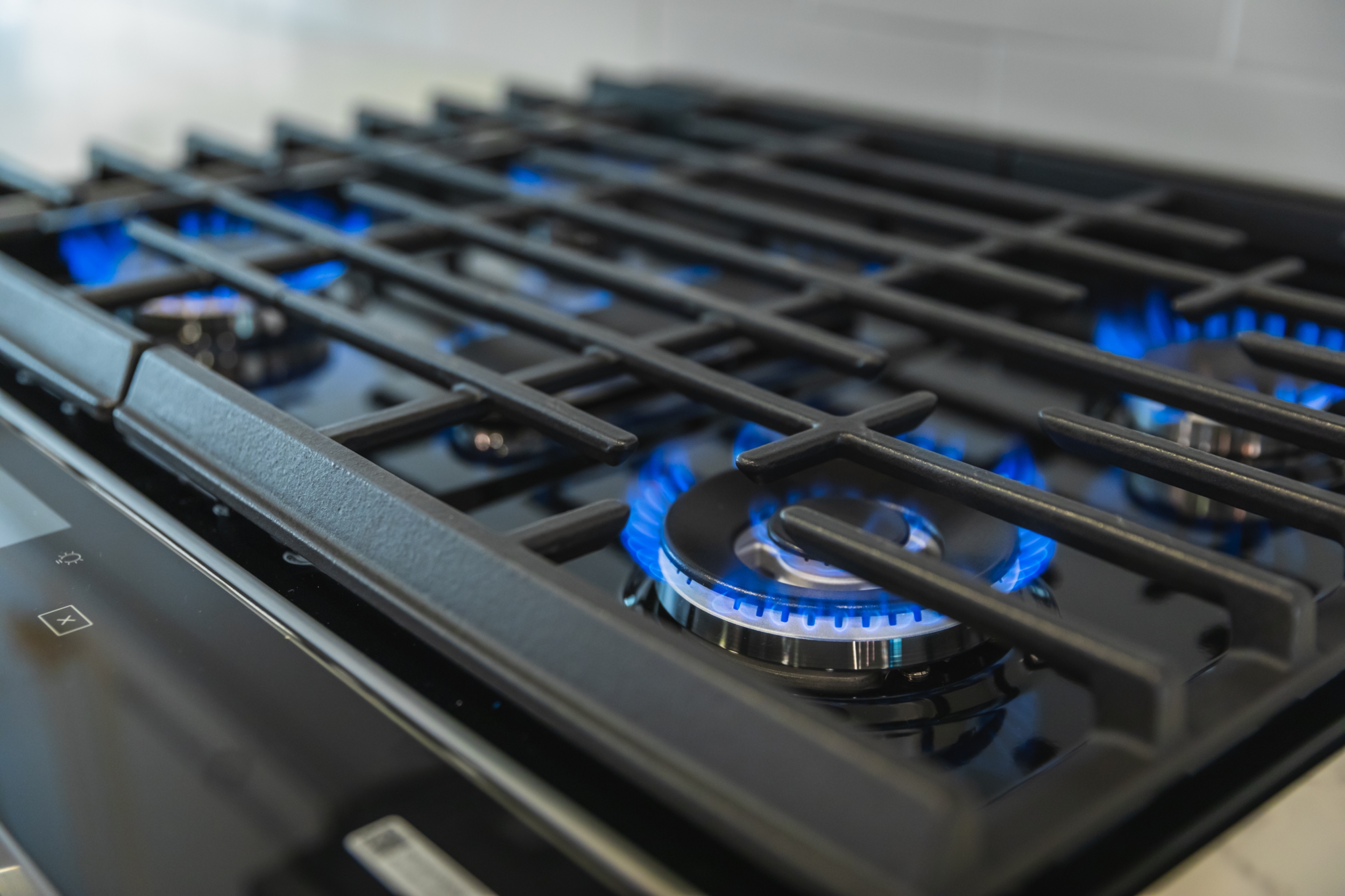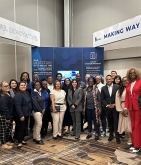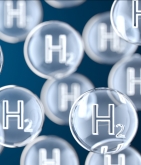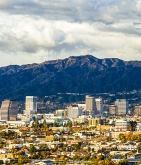SoCalGas recently began a hydrogen blending test at its Engineering Analysis Center and Centralized Training Facility. The test measures the performance of common household appliances like stoves, wall heaters and forced-air furnaces when they are fueled with a blend of hydrogen and natural gas. This is a necessary step toward future blending into the natural gas grid.SoCalGas is among the first utilities in the nation to test the effects of a hydrogen blend on natural gas infrastructure and equipment in a controlled field environment.
The use of hydrogen, either blended with natural gas, or delivered via a dedicated pipeline, is one important component of SoCalGas' strategy to achieve net zero emissions in its operations and the energy it delivers by 2045.
Preliminary results of testing that began earlier this summer show the household natural gas appliances are compatible with up to a 20% hydrogen blend. These initial findings are consistent with previous international research and lab testing. Our testing of the impacts blending hydrogen with natural gas has on pipelines and appliances remains ongoing.
Our engineers are also placing an emphasis on safety and training as part of this research, including testing for pipeline leaks. This valuable information will help SoCalGas undertake larger-scale hydrogen blending demonstrations in the future.
“In a net zero emissions California, clean fuels like hydrogen will play an essential role in supporting a reliable electric grid, in eliminating emissions from hard to electrify sectors of the economy like transportation and industry, and in making the transition to a clean energy economy affordable,” said Neil Navin, vice president of clean energy innovations for SoCalGas. “The European Hydrogen Backbone Initiative is a great example on how cooperation can accelerate these goals. There, some 23 nations are working to repurpose 70 percent of their existing natural gas infrastructure to carry clean hydrogen to a cluster of demand centers across the European Union.”
“Investing in tests that aim to demonstrate the potential of hydrogen is key to identifying solutions that can help us address our current climate crisis,” said Assemblymember Bill Quirk. “SoCalGas' commitment to decarbonization innovations help advance the energy transition."
Several analyses, including the Los Angeles Renewable Energy Study (LA100) by the Los Angeles Department of Water and Power (LADWP) and National Renewable Energy Laboratory (NREL), highlight the need, in 2045, for renewably produced and storable fuels to maintain reliability in the power sector. In addition, many experts agree that clean fuels like hydrogen will be essential for decarbonizing hard to electrify sectors of the economy like industry and heavy-duty trucking.
SoCalGas is actively engaged in more than 10 pilot projects related to hydrogen, including a partnership with Netherlands-based HyET Hydrogen on technology that could transform hydrogen distribution and enable the rapid expansion of hydrogen fueling stations for fuel cell electric vehicles (FCEVs). The technology would allow hydrogen to be easily and affordably transported via the natural gas pipeline system, then extracted and compressed at fueling stations that provide hydrogen FCEVs.
In addition, later this year, SoCalGas will break ground on its award-winning H2 Hydrogen Home. The first project of its kind in the U.S., the H2 Hydrogen Home aims to show how carbon-free gas made from renewable electricity can be used in pure form or as a blend to fuel clean energy systems of the future. When the home is built, it will be the first fully-integrated demonstration project with solar panels, a battery, and electrolyzer to convert solar energy to hydrogen and a fuel cell to supply electricity for the home.

